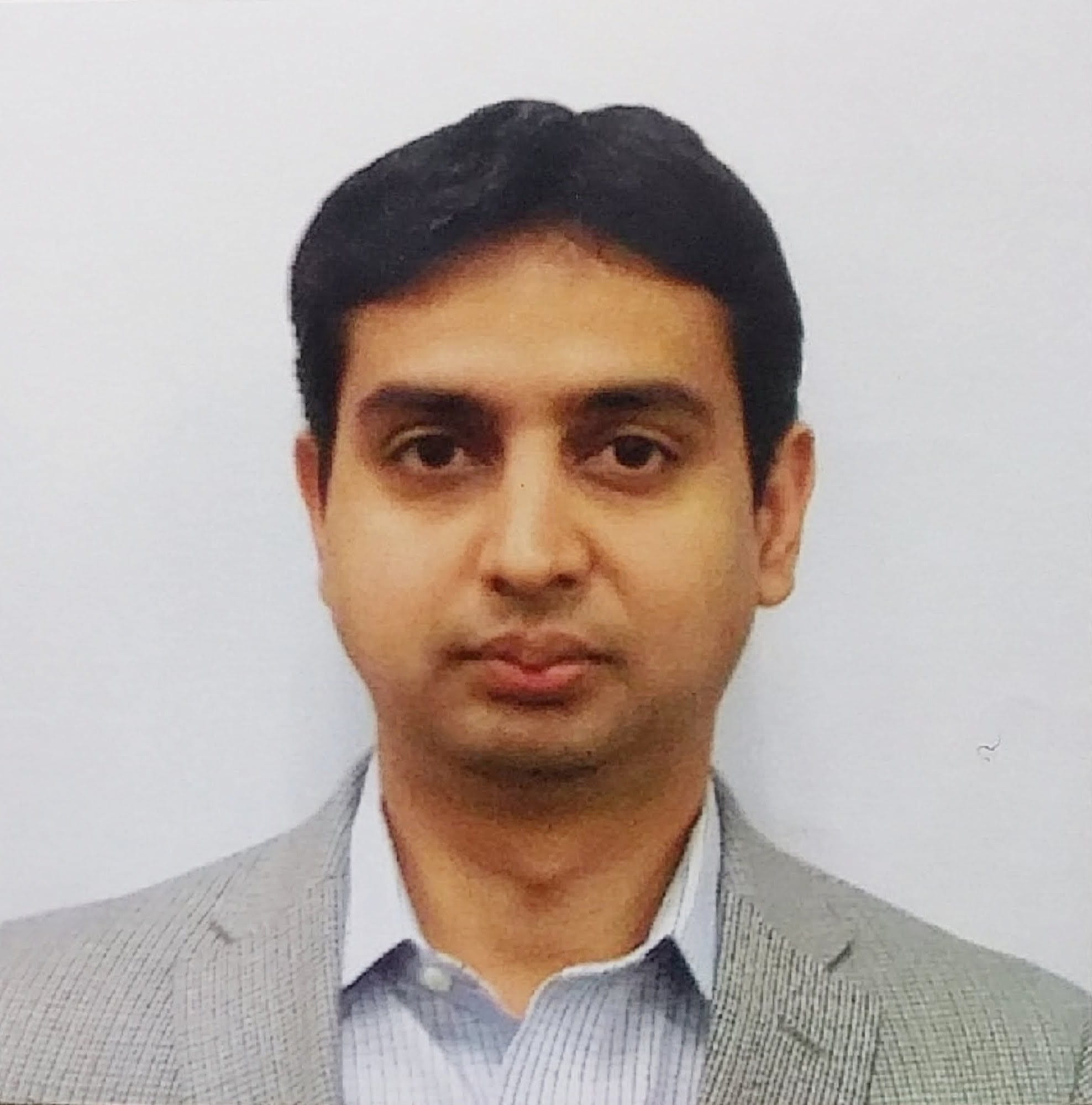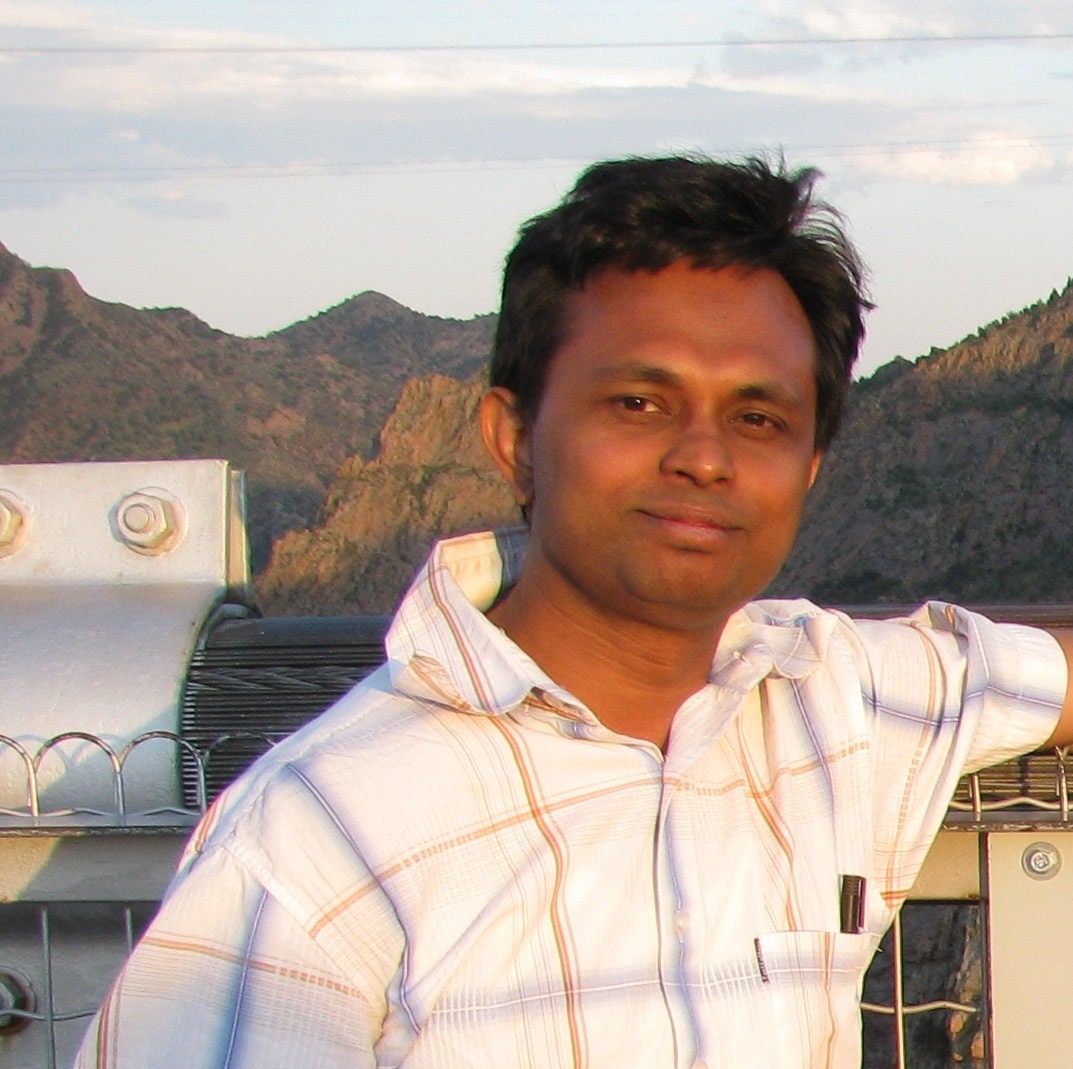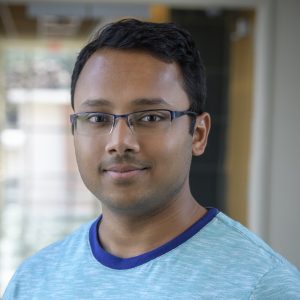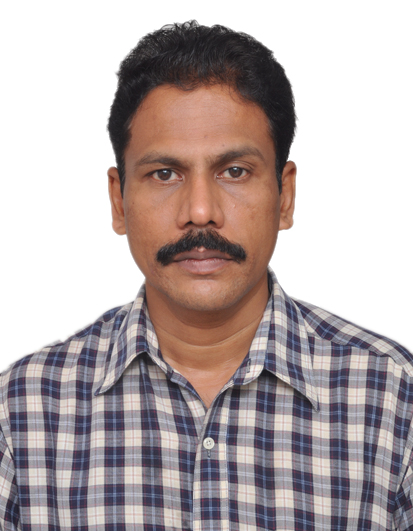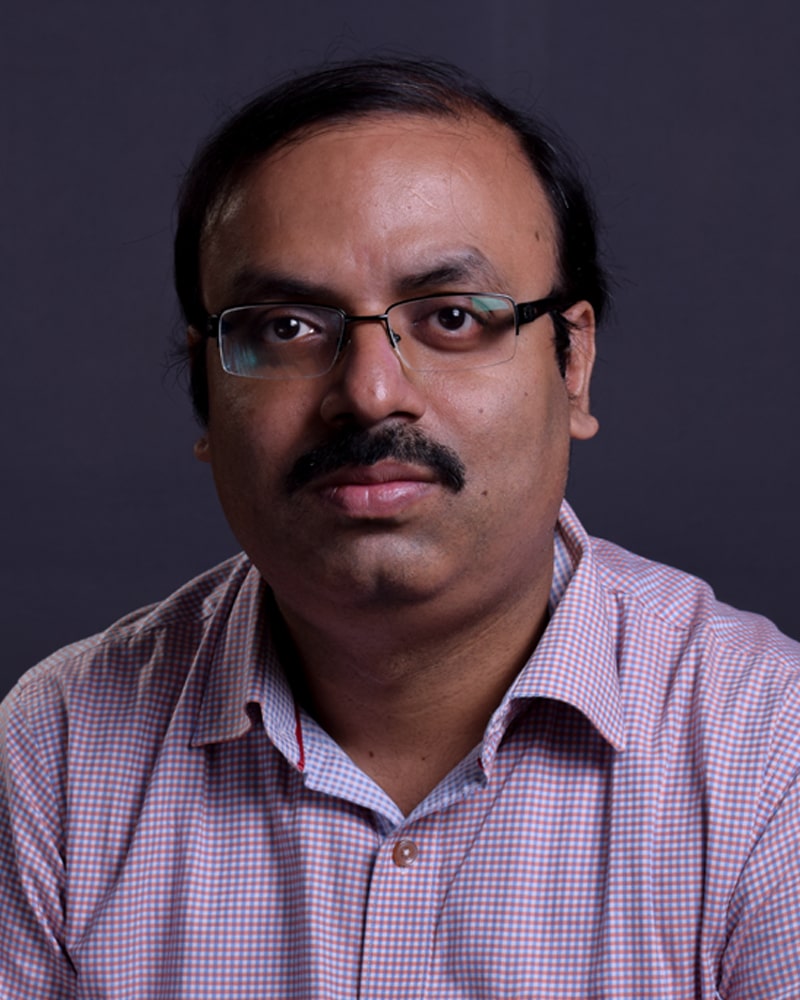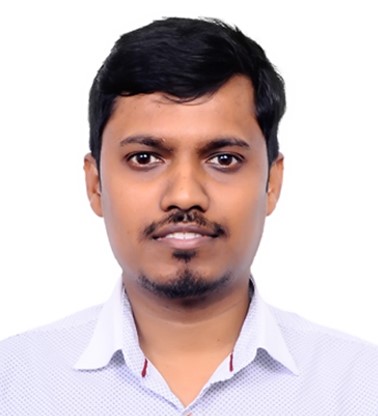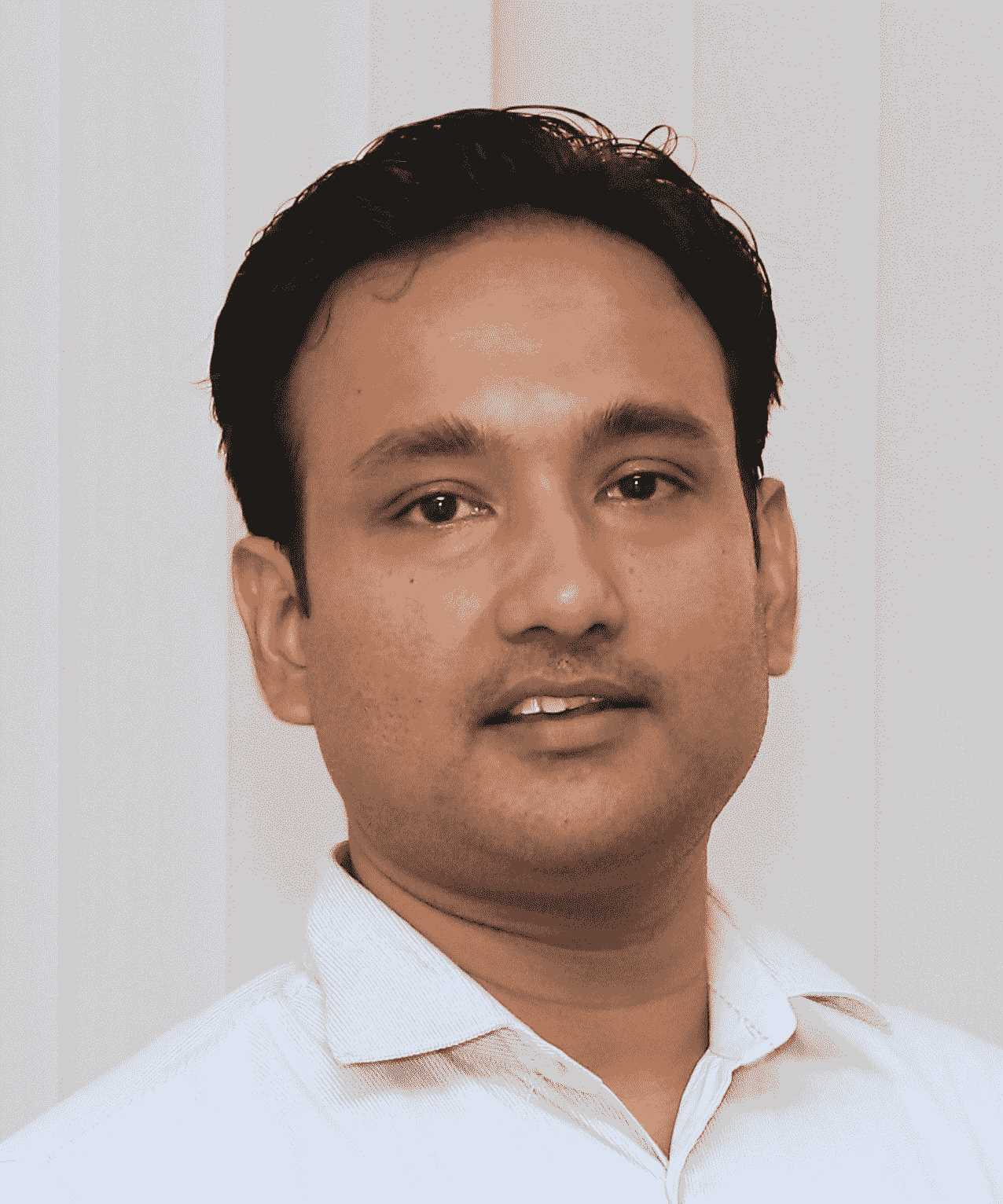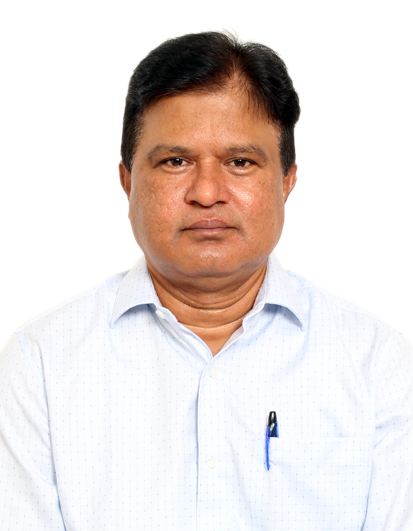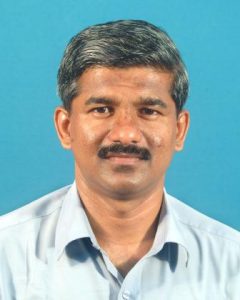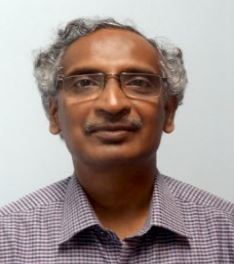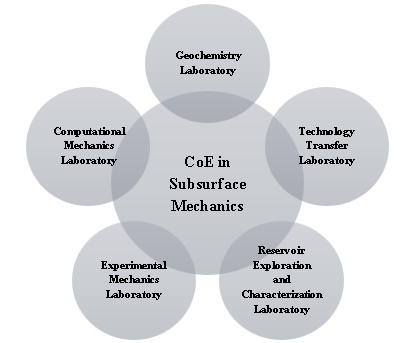Project
Energy Outlook
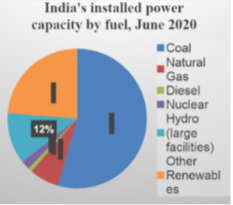
India accounts for 25% of global energy demand
- Rapidly increasing middle-class population
- Increased demand for electricity, transportation, infrastructure 🡪 increased energy needs
- India’s energy requirements are predicted to double by 2040
54% of India’s energy needs are met by coal
- Adverse environmental impact
- Need for diversification
“Atmanirbhar Bharat” – energy self-reliance
- Increase domestic production of natural gas from
- unconventional reservoirs, and methane gas hydrates
- Harness India’s geothermal energy potential
Mitigate environmental impact
- Develop technologies for underground CO2 storage
Center’s Vision and Mission
Vision:
The center envisions the creation of fundamental scientific knowledge, and technological solutions in geo-energy in order to sustainably address the energy demands of a rapidly industrializing world. The center’s vision is to provide global intellectual leadership in the area of subsurface mechanics, and to serve as a focal point for the interactions between leading academic universities, and private corporations.
Mission:
- To conduct basic and applied scientific research, and develop technologies for
- Unconventional hydrocarbon extraction,
- CO2 geo-sequestration, and,
- Enhanced geothermal systems.
A growing reliance on energy imports leaves the nation vulnerable to energy crisis subject to embargos, or volatile energy markets. To counter this, India’s energy policy is increasingly focused towards increasing domestic production. However, considering global warming, and rapidly declining air quality in India’s major industrial centers a long-term energy transition strategy to diversify away from coal is also necessary. NITI Aayog, the think tank of Government of India has proposed exploration of unconventional natural gas resources (i.e., shale gas, and methane gas hydrates), as well as maximizing renewable sources (for e.g., geothermal energy) as ways to simultaneously increase domestic production and mitigate environmental impact. Although promising estimates have been provided for recoverable shale gas, methane gas hydrates, and geothermal energy in India, developing efficient extraction technologies is still a considerable challenge.
To help India’s growing strides towards achieving the trifecta of energy security, economic growth, and environmental preservation, a Center of Excellence (CoE) for Subsurface Mechanics is proposed at IIT Madras. The CoE will focus on pioneering interdisciplinary research in the area of subsurface mechanics by conglomerating various researchers with relevant expertise in the area of subsurface characterization, experimentalists, computational and theoretical scientists, geochemists and field engineers
- Establishment of an indigenous facility for exploration of gas hydrates and geothermal reservoirs through seismic reflection and refraction tests
- Development of algorithms to characterize the mechanical properties of a reservoir and generate high resolution images of the subsurface
- Development of bespoke algorithms to study the fracture initiation and propagation in porous reservoirs
- Development of state-of-the-art coupled hydro-mechanical models to study the underlying mechanics of hydraulic fracturing
- Development of thermo-hydro-mechanically coupled models to study fracture propagation in geothermal reservoirs
- Development of customized constitutive models to predict the coupled behavior of hydrate sediments through exhaustive material characterization
- Design and development of physical models to study the fracture characteristics and validate the numerical models
- Exploratory investigations on the feasibility of using CO2 as a fracturing fluid for shale gas extraction (from a thermo-hydro-mechanical-chemical (THMC) perspective)
- Estimation of competitive adsorption of CO2 over CH4 for the different compositions of shale rock
- Investigation of mineral dissolution and precipitation on reaction with CO2
- Development of a quantitative approach to check the efficacy of storing CO2 in the shale formations by considering the significant geochemical interactions viz., adsorption, mineral dissolution, and precipitation
- Field demonstrations of the gained knowledge in deep reservoirs.
The listed objectives will be realized independently at the proposed sub-centers. It must be emphasized, however, that the individual sub-centers will interact frequently to ensure that they remain aligned with each other to realize the primary objective of the CoE. A schematic for the overall work plan including an approximate timeline is provided in Fig. 2 below.

Expected deliverables of the research
Phase–1:
- At least 6 manuscripts will be submitted to the target journals with research findings on gas hydrate characterization, development of diffuse interface methods for fracture propagation, and numerical methods for multi-phase flow
- One review paper will be submitted discussing the current state-of-the-art on field-trials for natural gas, and gas-hydrates to an archival peer-reviewed journal
- 6 peer-reviewed conference abstracts, presentations, or publications will be made at the targeted conferences
- 1 workshop, 1 summer school, and an annual summer webinar series will be organized at IIT Madras. Furthermore, 3 minisymposia will be organized at the targeted conferences
Phase–2:
- 15 manuscripts describing the research findings on physical models for fingering and fracturing, combined diffuse-discrete methods for fracture, hydro-mechanical, and thermo- hydro-mechanical coupling, and verification and validation will be submitted to target journals
- A second review paper discussing the field-trials for geothermal applications will be submitted
- 20 conference abstracts, presentations, and publications will be made to target conferences Patent will be filed for a novel design of the experimental setup (fracture capture simulator)
- 1 international conference on Subsurface Mechanics for Energy Security will be organized at IIT Madras, and 3 minisymposia will be organized at international conferences
- A monograph will be published titled “Understanding Subsurface Mechanics for Energy Security”
Current status
Equipment procurement:
- HPC nodes: Tenders have been issued and offer are sought for high performance computing cluster with the specified technical specifications. Eligible vendors have made a technical presentation with the proposed solution and financial bids are currently being evaluated
- Seismographs and geophones: Tenders have been issued for procuring seismographs and geophones. Bids from eligible vendors are currently being evaluated and technical comparative statements are being prepared
- High Pressure, temperature, and gas controlled triaxial apparatus: Global tender is currently being issued
Summer Webinar Series:
- Speakers are being identified and confirmed, invitations are being sent to various interested researchers around the world
Research Progress:
- Students have begun working in the areas of subsurface mechanics under various topics
- Proposals have been submitted to DST in allied topics of interest
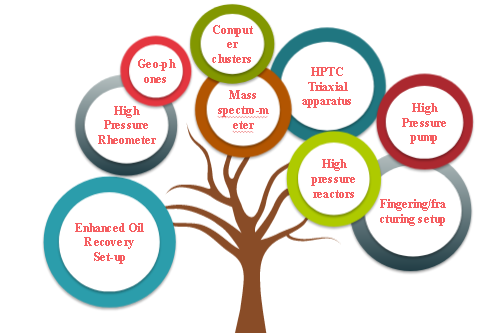
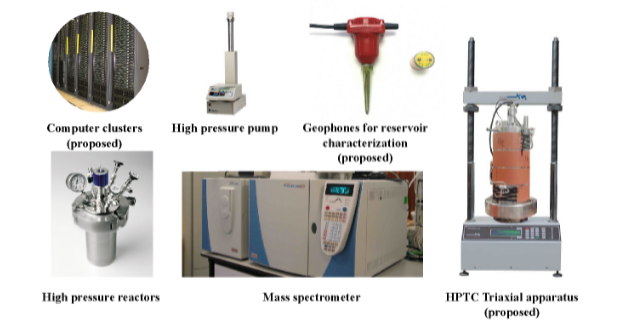
Collaborations
International collaborations
International Collaborations - Names and professional links
Prof. Ranjith Pathegama Gamage
Prof. Antonio Rodriguez-Ferran
Prof. Sonia Fernandez-Mendez
Dr. Joshua White
Dr. Randolph Settgast
Dr. Dakshina Valiveti
International education programs, conferences/seminar/webinar links
Phase-1:
Annual Summer Webinar Series:
- Advances in Subsurface Mechanics for Energy and Environment
- Web-page: civil.iitm.ac.in/pcoe/smge
Workshop
- IITM Workshop on Geomechanics for energy and environment
Summer school
- A short course titled “Recent advances in computational fracture and damage mechanics” to be conducted in summer 2022
- Instructors: Prof. Antonio Rodriguez-Ferran, Dr. Chandrasekhar Annavarapu, and Dr. Sonia Fernandez-Mendez
- The course is expected to have 20 lecture hours and will be open to graduate students as well as industry practitioners
Phase-2:
- International conference at IIT Madras
- First International Conference on Subsurface Mechanics for Energy Security (ICSMES) to be conducted in summer 2025
Industrial collaborations:
- ExxonMobil Upstream Research Company (URC) in Houston, TX and ExxonMobil Bengaluru Technology Center have expressed interest in collaborating with the center
- MoU has been signed between IIT M, and ExxonMobil Corporation. Researchers from ExxonMobil Corporation are participating in proposing areas of mutual interest, and delivering guest lectures at the Center.
Societal impact
The underlying theme of the proposed CoE is developing sustainable solutions to meet the growing energy needs of the world, in general, and India, in particular. A particular focus of the CoE is also on reducing India’s reliance on energy imports to provide energy security for the country. This requires identification of energy sources that simultaneously meet the country’s energy requirements, reduce carbon footprint, and are economically viable. In order to achieve these goals, the CoE will rely on development of science and technology based solutions to domestically extract natural gas, and to improve the market share of geothermal energy sources. Although natural gas is a carbon-based energy source, it is widely accepted to be a much cleaner source than coal – a source that accounts for nearly half of current domestic production. Furthermore, environmental impacts will also be mitigated by exploring methodologies associated with carbon geo-sequestration, and informing policy measures to pre-empt groundwater contamination from natural gas extraction. We anticipate that the outcome from the proposed research will have a significant social impact with respect to the economic, and physical well-being of the broader society. Not only will improved access to energy raise the standard-of-living of the populace, but reducing air and water pollution will also improve their health and overall well-being.
Sustenance statement
The members of the CoE will actively pursue support for both the maintenance and operation of the equipment purchased in the initial grant period, to build new capabilities beyond the initial grant period, and to continue collaborations with other leading research groups around the world. The following national funding agencies will be approached for obtaining support to purchase new equipment, and for staffing needs of the projects:
- DST – SERB (Core research grant (CRG), and Scientific and Useful Profound Research Advancement (SUPRA))
- Ministry of Petroleum and Natural Gas
- Ministry of Earth Sciences
- National Geophysical Research Institute
- National Institute of Ocean Technology (NIOT)
Similarly, joint research proposals will be submitted to major international funding agencies around the globe for continued collaborations. A few representative agencies are listed below:
- National Science Foundation (NSF) – USA
- Engineering and Physical Sciences Research Council (EPSRC) – UK
- Japan Society for the Promotion of Science (JSPS) – Japan
- European Research Council (ERC) – EU
Finally, Department of Science and Technology’s bilateral umbrella calls will be explored. For instance, Indo-EU, Indo-Australian, Indo-US, and Indo-RUS calls will all be actively pursued to obtain joint support.

